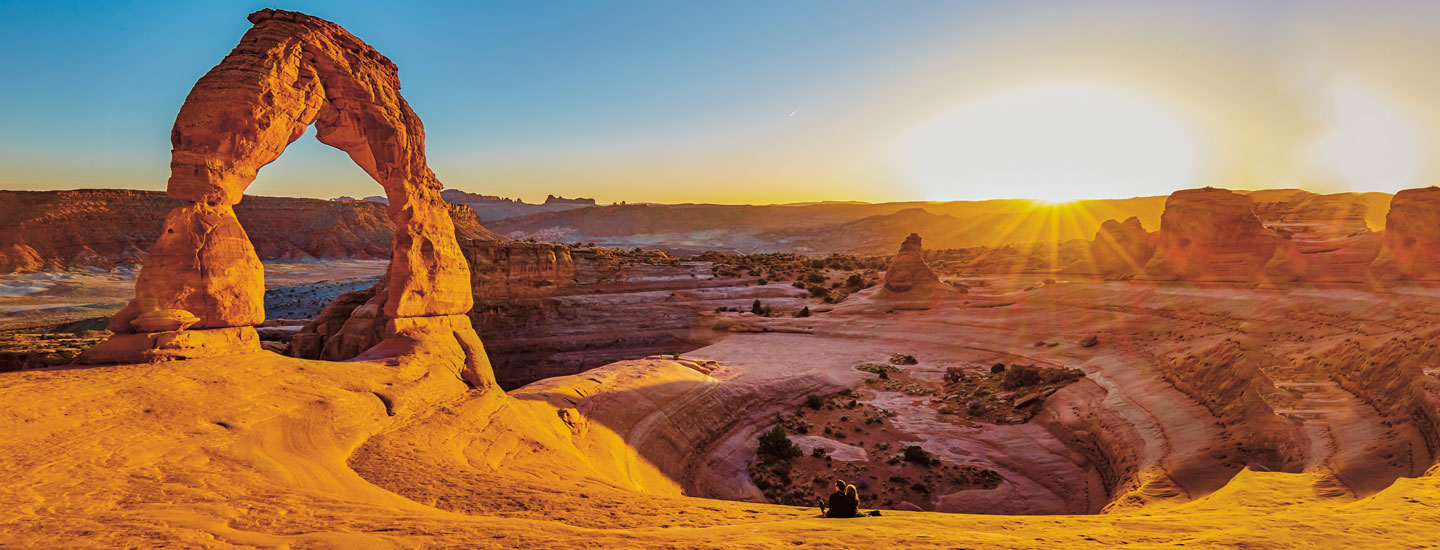Take a trip around the planet and you’ll come across incredible landscapes, from towering stone arches to massive canyons. These amazing rock formations exist because Earth is constantly changing. The shifting of tectonic plates, giant slabs of rock that form Earth’s surface, can make mountains. Wind and water can sculpt stones into unusual shapes.
All types of rock formations have something in common. They formed over very long periods of time. “Rocks are fascinating because they tell the story of Earth’s history,” says Michele Koppes, an earth scientist at the University of British Columbia.
Here’s what five unusual rock formations around the world reveal about our planet’s past.
Take a trip around the planet. You’ll find incredible landscapes. They include everything from towering stone arches to huge canyons. These amazing rock formations exist because Earth is always changing. Giant slabs of rock make up Earth’s surface. These tectonic plates shift. That can make mountains. Wind and water can carve stones into odd shapes.
There are many types of rock formations. They all have something in common. They formed over very long periods of time. “Rocks are fascinating because they tell the story of Earth’s history,” says Michele Koppes. She’s an earth scientist at the University of British Columbia.
Here are five strange rock formations. Find out what they reveal about our planet’s past.

